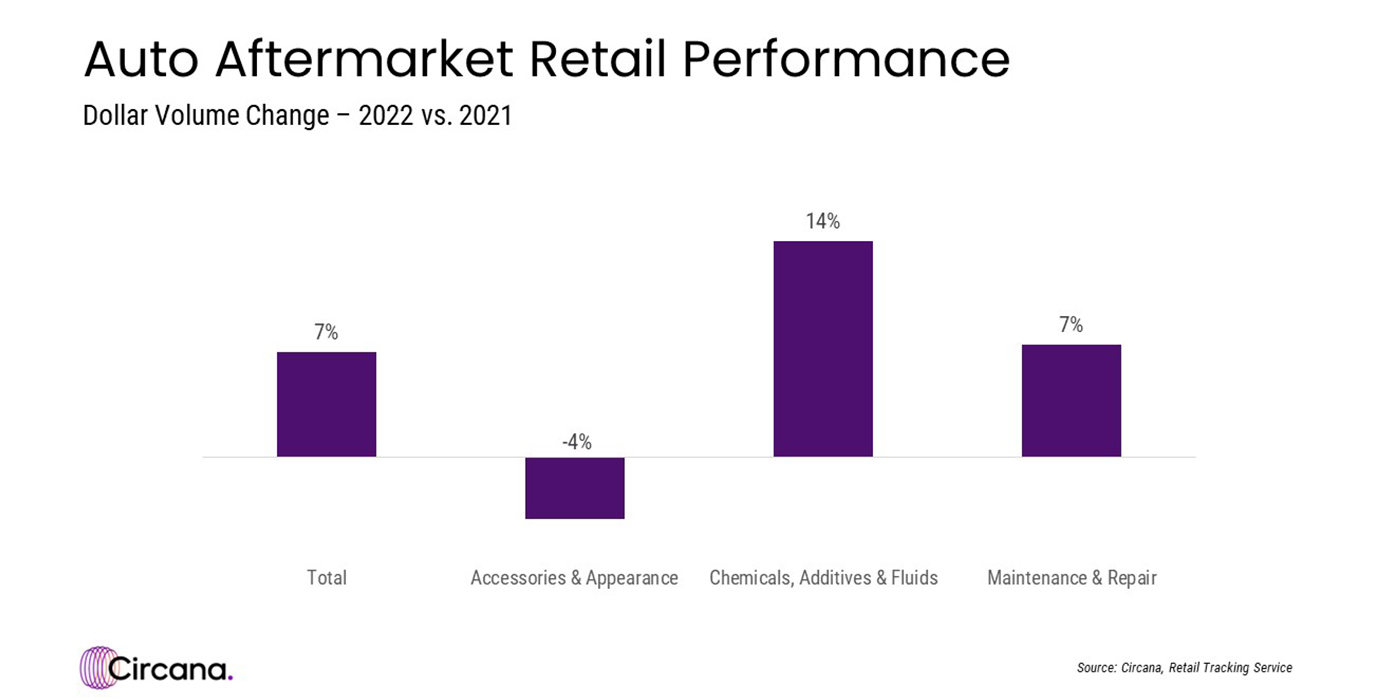Report: Inflation Reduction Act Sparks Surge in EV Investment
Manufacturers have announced more than $80 billion in EV and EV charging investments since the IRA passed.

Indian Automotive Component Industry Grows 33% in FY ’22-23
Vehicle sales, a robust aftermarket and steady exports gave the Indian auto component industry its best performance in FY23.

S&P Global Mobility Report: Aftermarket May See Boom
The share of vehicles more than eight years old will increase, the report says, signaling increased aftermarket business.

Podcast: What to Expect in the Future Auto Aftermarket
Schwartz Advisors’ Derek Kaufman shares what to expect in the auto industry of the future.

The Connected Car Services Customers Will Pay to Have
Once consumers use connected services, they are satisfied and likely to resubscribe, an S&P Global Mobility survey found.

57% of All Diesel Trucks on Roads Are Near-Zero Emissions
New near-zero emission diesel trucks on the road increased 10.2% from 2021 to 2022, according to the Diesel Trucking Forum.

Auto Care Association Announces LATAM Data Partnership
The association will partner with Integrate Data Facts on data sets for Latin American markets for members.

Guidehouse Insights: Solutions for Recycling EV Batteries
The Guidehouse Insights report presents analyses for future PEV sales, battery production and recycling.

Digital Influence on Auto Parts to Reach $200B by 2026
The impact of digital media on retail sales will be $177 billion in 2023 in the US, according to Hedges & Co.

SEMA: Specialty-Equipment Market Sees $51B in Sales in 2022
Pickup accessorization remains the biggest segment for the industry, topping $15 billion in sales, the study found.

Japanese-Brand Automakers in US: $60.4B in Plants, 2.29M Jobs
New data highlights Japanese-brand automakers’ contributions to the U.S. economy and workforce.

Circana: High-Income Households Boost Industry Growth
Continued high-income household spending compensates for rising prices and reduced discretionary spending.

